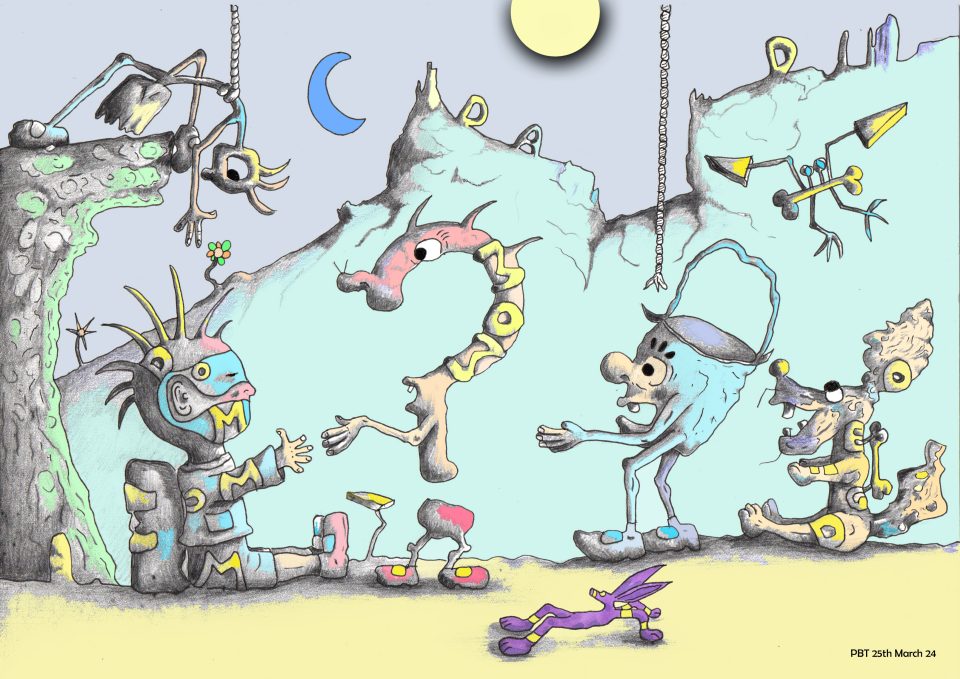A new study from Harvard University and the University of British Columbia suggests that people who experience abuse as children may carry imprints of that trauma inside their cells, leaving ‘molecular scars’ on its victims.
The study, which is entitled “Exposure to childhood abuse is associated with human sperm DNA methylation”, was published today in Translational Psychiatry. The research team assessed the DNA of 34 men, and found significant differences in methylation between victims and non victims.
Methylation is a biochemical process which acts in part like a dimmer switch on genes, affecting the extent to which a particular gene is activated or not. Epigenetics, or the turning on and off of genes, is a growing area of interest for scientists, who believe the process is influenced by external forces, such as a person’s environment or their life experiences.
The researchers decided to look for methylation in sperm cells, as they suspected that childhood stress could lead to long-term physical health problems not only in the immediate victims, but also in victims’ offspring, which had been demonstrated in previous experiments involving animals.
Though the study was not able to confirm whether these differences were responsible for long term health problems sometimes present in child abuse victims, or whether the methylation patterns could survive the process of fertilisation and pass down to a person’s children, the findings are being viewed as a potential source of evidence for family and criminal courts when trying to establish allegations of child abuse.
One of the senior authors of the study, Michael Kobor, who is a medical genetics professor at the University of British Columbia explains the correlation between methylation and detecting child abuse:
“Methylation is starting to be viewed as a potentially useful tool in criminal investigations – for example, by providing investigators with an approximate age of a person who left behind a sample of their DNA… So it’s conceivable that the correlations we found between methylation and child abuse might provide a percentage probability that abuse had occurred.”



A fascinating if formidable prospect; nevertheless, it is progress, and may clarify much that now confounds us.
LikeLike
Reblogged this on Musings of a Penpusher and commented:
A fascinating if formidable prospect; nevertheless, it is progress, and may clarify much that now confounds us.
LikeLike
Pingback: New Research Suggests Child Abuse Leaves Imprint On Victims’ DNA « Musings of a Penpusher
This could potentially show the trauma inflicted on children who were forcibly removed from their parents by the SS.
LikeLike
That’s really interesting and could make for an excellent research project. Assuming the process isn’t invasive, take a sample from the kids prior to being taken into care and then another sample some time after – but the technology would need to be able to show rates of abuse (increase) and I don’t know if the tech is that sophisticated yet.
LikeLike
Or could it be the System dont want it to be.
LikeLike
I don’t think so in this instance. The research comes from the scientific community, which is deeply competitive. Whoever can produce the most advanced and sophisticated insights wins the day.
LikeLike